Why Frank Jackson Probably Likes Photography More Than You Do
All images by Frank Jackson. Used with permission.
My name is Frank Jackson. My first photography job was in 1975 as a staff photographer for New York City Summer Work Program; it was all Disco Music, Sun Dresses, Music Festivals, and Block Parties that went on till the next day. I moved to Los Angeles in 1976 to work for IBM for three years; I quit IBM and started photographing for an architect after showing a portfolio of some houses with my 4×5 camera.
Be sure to follow Frank on his website and on Instagram. Want to get featured for Black History Month, Women’s History Month, or Asian American Month? Here are the details on how to do it. The earlier you send your submissions in, the better.
The money I made working for IBM fixing office equipment was spent on a large-format camera and darkroom…the money earned with the architect was spent on more gear. All things do come to an end. By 1980 this evolved into me working on IBM equipment for Transamerica Life, which after a photograph of mine was the winner of an employee art contest “morphed” into them asking me if I would like to become their corporate photographer…(I said YES after getting up off the floor).
After almost nine years in 1989 after photographing several annual reports, 1984 Olympics, covering business meetings in Asia and Europe…this prepared me into an interesting double-life freelance: my first passion is fine art black and white photography while the other life building a robust commercial photo business doing cars, food, people and editorial.
The one significant evolution is that after owning every size film camera from half-frame to 8×10 inch and multiple constant and strobe light systems, I’m consistently producing my best work with just one camera> one lens> at times one small LED light.
The best camera is the camera you always have with you.
My photography is not for everybody, and I am ok with this, but most often, after someone has seen one of my photographs they
Usually want to see more.
Why did you get into photography?
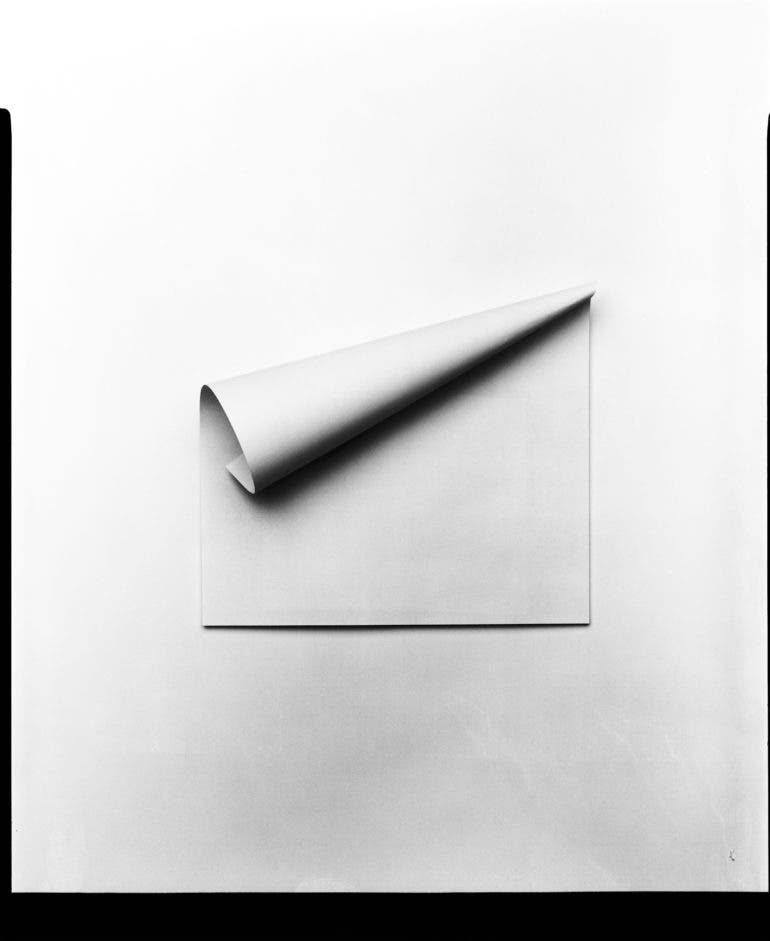
I concluded around the age of 15 that I was spectacularly awful at drawing, so I picked up a camera to discover I could take a photograph by using the camera as a pen that uses light for ink.
What photographers are your biggest influences? How did they affect who you are and how you create?
Andre Kertész, Gordon Parks, Roy De Carava, and Edward Weston. These men managed to capture the “life” in a person, place, or thing. I learned to understand light by placing an egg in a window to see how different this egg was shaped by light through the day.
Tell us about your photographic identity.
Fundamentally (1989), “fotographz” is the name I created to showcase the details of any visual moment in shadow and light, and that is my identity. There is also being “at see level” this is simply when I’m out and see something I never think about if I’ll photograph this, I photograph without hesitation because you should never see an image AND not photograph it to later wish you had…
I don’t have a favorite subject because what fuels my passion visually is the power that “light” can give any subject. I discovered that my talent was the ability to “see” and understand light. Every new photographer has to learn to work with available light. This means you better learn to respect the Sun.
Sunlight can be bright, soft, hazy, dim, reflected, and dark. These different lights create that “feeling” which is the “passion” (the power) of a photograph.
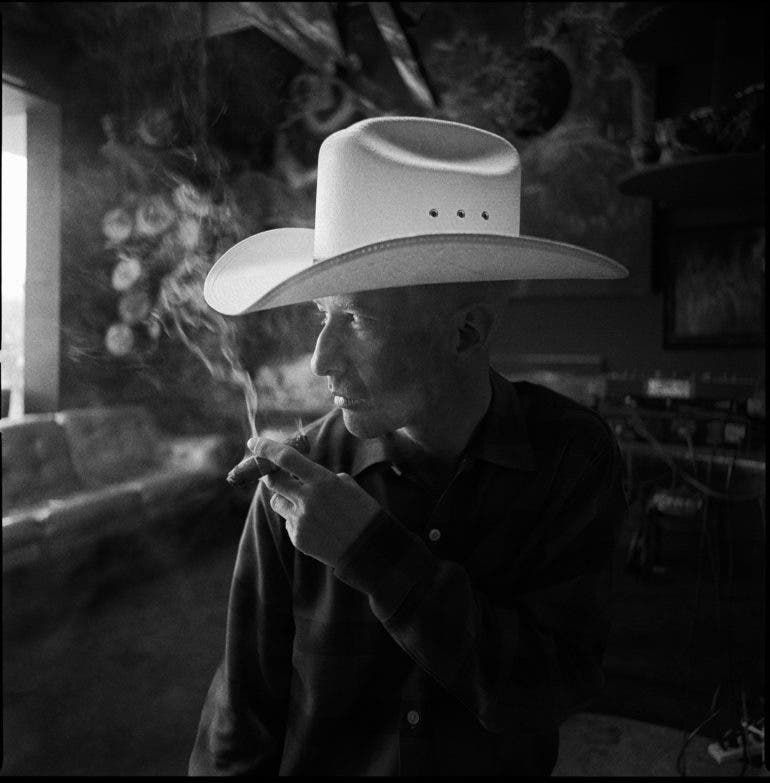
After learning how to use Sunlight, I used the same method to understand and use studio flash, even mixing with available light to create that perfect “mood.”
So back to my statement that everything is my favorite subject as long as I get the light either available or created by me is there.
This, for me, is being at the “see” level.
Tell us about the gear that you’re using.
Film cameras were simply drawing pens that use light as the ink to draw on
film, and I soon realized that I needed more details than a 35mm camera was capable of.
Medium-format: a negative almost 4 times larger than 35mm.
Hasselblad.
In 1974 I was eighteen years old in love with photography and dreamed of owning a Hasselblad…and guess what? Before I left Sacramento for college and New York City, I got an old 500c with Zeiss 80mm f2.8. On the analog side, I still use a newer version of the 503cw with 100 f3.5, 40mm f4, 180 f4. Because of workmanship and build quality, if your photographs suck, it definitely is NOT this camera. I also still use my Hasselblad Xpan.
Panoramic camera with 30mm f5.6 and 45mm f4.
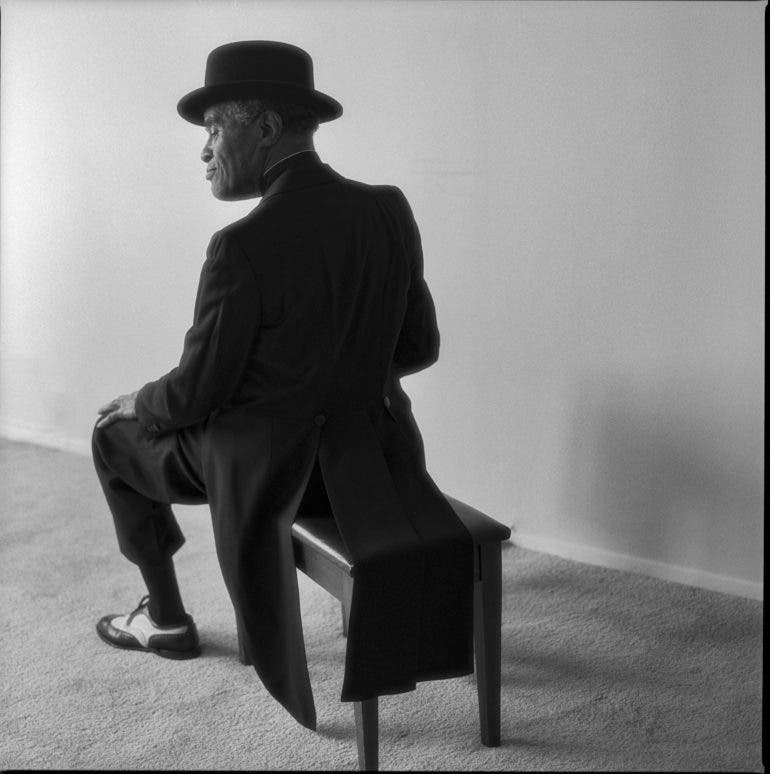
The Xpan camera produces 21 wonderful 24x65mm panoramic negative on a 35mm roll of film…pure magic.
I use the Dora Goodman SCURA pinhole cameras and collect the Bakelite from the 1950’s medium format cameras as I find them in Europe. I also still use 6x9cm and 4×5 inch cameras.
On the digital side, because I require detail and depth in my photographs, I use the Sony A7r lV, 55mm f1.8, 20mm f1.8, 85mm f1.8 Tamron 28-75mm f2.8. This camera gives near medium format film quality, and it is smaller in size than my Nikon D810 was.
After using Lightroom and Capture One to process my files, I now use DxO PhotoLab 4 as my main processing software. I get the most from my files in color and black and white.
Photography is not complete if you aren’t printing properly color managed images. I use a printing program called Image Print Black from Colorbyte. I can compete with any professional printing lab to produce museum-quality color or black and white on any paper.
One more thing as there nothing like film Hasselblad, they’re nothing like the film Leica. I leave my place every day with a Leica M6 50mm f1.5 and my Sony A7rlV.
Natural light or artificial light? Why?

This all depends on if I really want complete control of that photograph. You will learn to use an artificial source, whether it be LED or studio strobe flash. You can learn to be in complete control of any artificial lighting source in an access-controlled studio. You can shape or cancel out Sunlight, but the Sun is constantly changing if you take too long. If you rely on the Sun on a late afternoon photo session, you better be fast and confident in that. The Sun waits for no one.
Why are photography and shooting so important to you?
To photograph is an active function of collecting individual moments, and I see this as a visual contribution to the human condition.
Photography was my first love, and as a photographer, I get to actually stop time. Whatever I photograph never dies. Life is simply an art form.
Do you feel that you’re more of a creator or a documenter? Why? How does the gear help you do this?
I am both. I create when I want to and document things I see. Sometimes I happen to see a photograph other times, a photograph happens to see me.
I now know that certain pieces of equipment you absolutely need to complete your assignments and vision. At this stage of me being me, I can get more done with less stuff. This is actually, when possible, to simplify the workflow.
One piece of equipment that you should keep close is a tripod AND NOT A CHEAP ONE!!!!.
What’s typically going through your mind when you create images?
Mentally some photo opportunities do not allow time for a thought process. I whip the camera and hit the shutter and hope I wasn’t too slow. This usually when I’m shooting on the street and humanity “happens.”
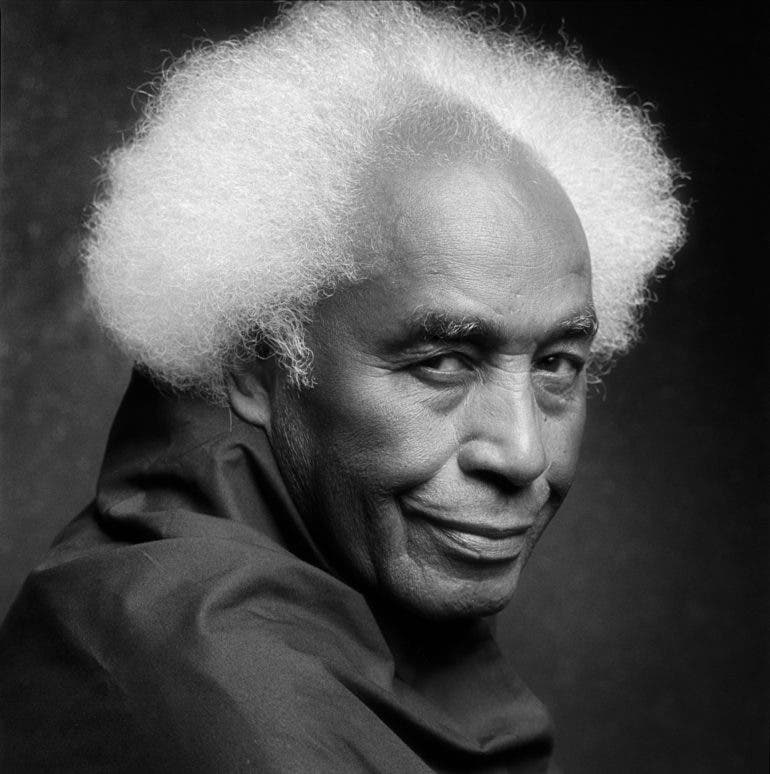
Mechanically: On the analog side (film). I make absolutely perfect exposures per the type of film and very meticulous about the process’s chemistry temperatures.
With most of my black and white films, I overexpose them by one stop (400 ASA > @ 200 ASA) and adjust for that in the chemical process…this is called “Pulling the development time” ( I shorten my times ). This gives a perfect negative to print from. Overexpose and under development. Analog film is all about shadow detail.
My primary BW film is Kodak TMax 400 and Ilford Delta 3200. Color is Kodak Portra 160, Portra 400, Fuji 1600 Color press.
I process all my own black and white.
On the digital side. First, I take excellent exposures because if I start out with excellent exposures, there is less to correct in the digital files and greatly shortens your workflow. When the digital file is black and white, only if there are any super hot highlights, I will underexpose by 1 to 3 stops and bring the Shadow detail back in post-processing. I work very hard, so my digital black and white looks very much like analog film with no blown highlights. Digital files with a smooth tonal curve with no blown highlights.
Please walk us through your processing techniques?
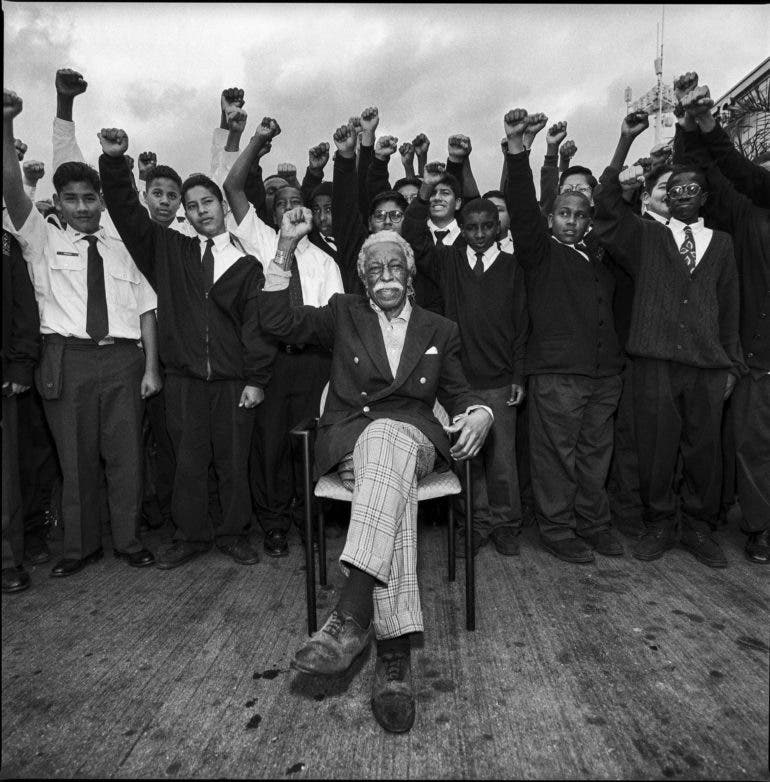
First, I save every raw file I shoot in a month, day, year folder.
All the color files are finished in DXO Photolab 4 saved as a smaller web-ready jpg and a hi-res tiff for printing. The color files that become black and white get converted using DXO NIK Special EFX2 B+W software. I always add grain to my black and white images because most BW films have some grain.
Tell us about the project that you’re pitching or your portfolio that you’re pitching to us.
1989 the American love affair with coffee houses was in full swing, so I decided to document this human condition, and 25+ years later, I’m still photographing coffee cups wherever my travels take me.
One hot summer day in Los Angeles at the Ministry coffeehouse…I photographed a coffee cup left on a table nearby simply because of “the light.” I then noticed other empty tables with cups to imagine the conversations and community shared over this left-behind evidence of recent humanity. There is no plan except to photograph how those coffee-drinkers left these cups that resonate the thought and desires of those now absent from the scene.
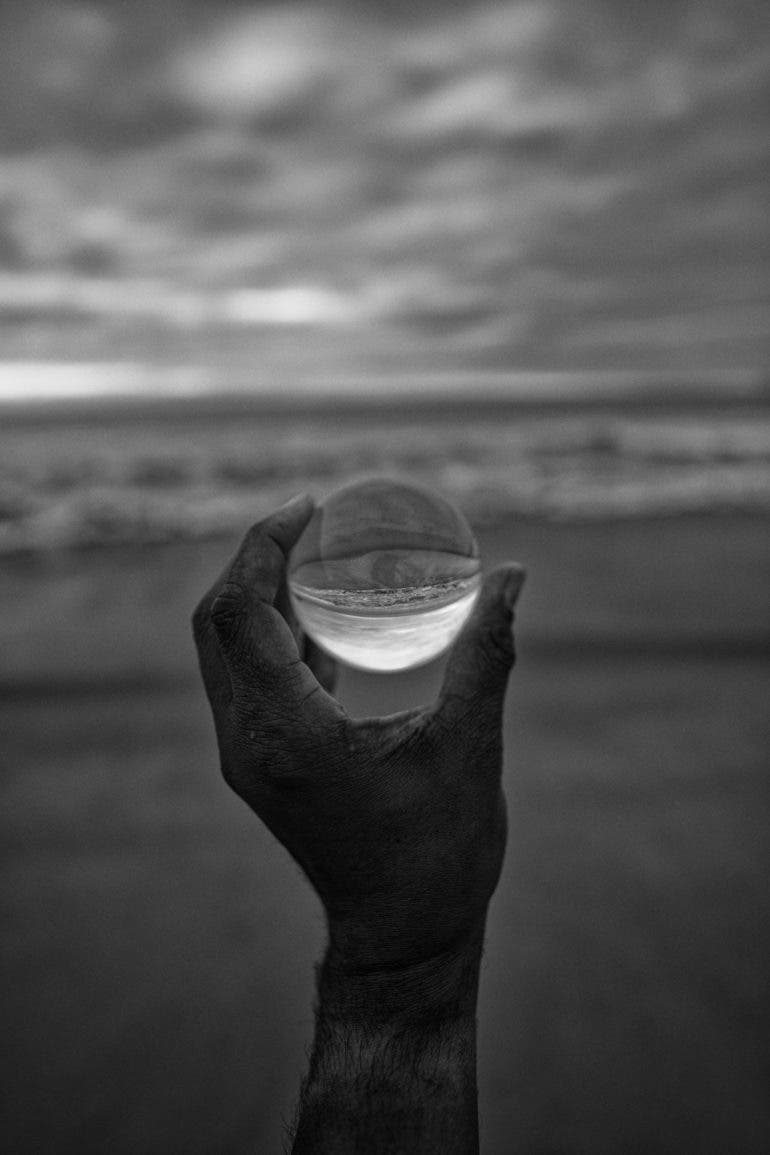
In January 2001, while in Delft, Holland, I “borrowed” a cup and saucer. This cup travels with me and is always posed where the coffee cups are photographed as left on the tables.
In September 2019, I was invited to exhibit this coffee cup series along with my other photography at The University of Groningen by
School of Architecture. I titled the show “@t see leVel,” the preparation took almost six months to produce and was 95 black and white prints.
From 1995-2002 I was commissioned to document Jazz legend Lionel Hampton and anyone around him. My primary camera for this was my Hasselblad. I personally own most of these negatives.
October 1996, I traveled to Washington DC to document the Million Man March.
What made you want to get into your genre? What motivates you to shoot?
A photograph in black and white has no color distractions of a color photograph. This gives the pure tonal emotion of shadow and light…mood and feeling. A great black and white photograph will not fade from memory as some color photographs can. You don’t always remember how something looks, yet you’ll never forget how you felt about something.
I am always motivated to photograph. That is why I always have a film and digital camera with me…even if I don’t take a photo that day.
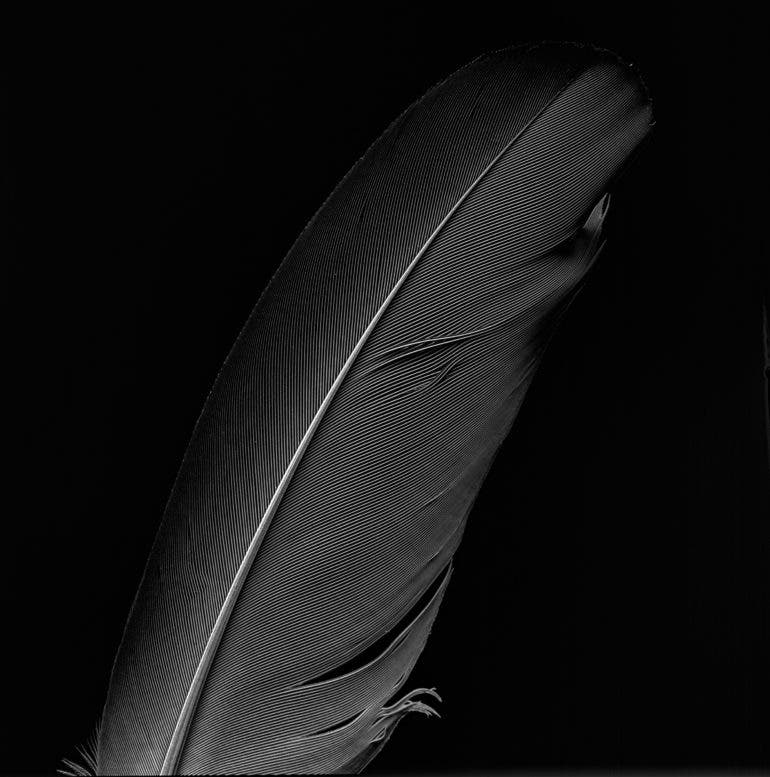
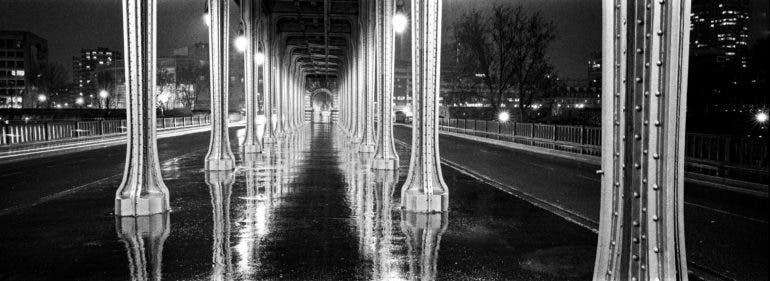
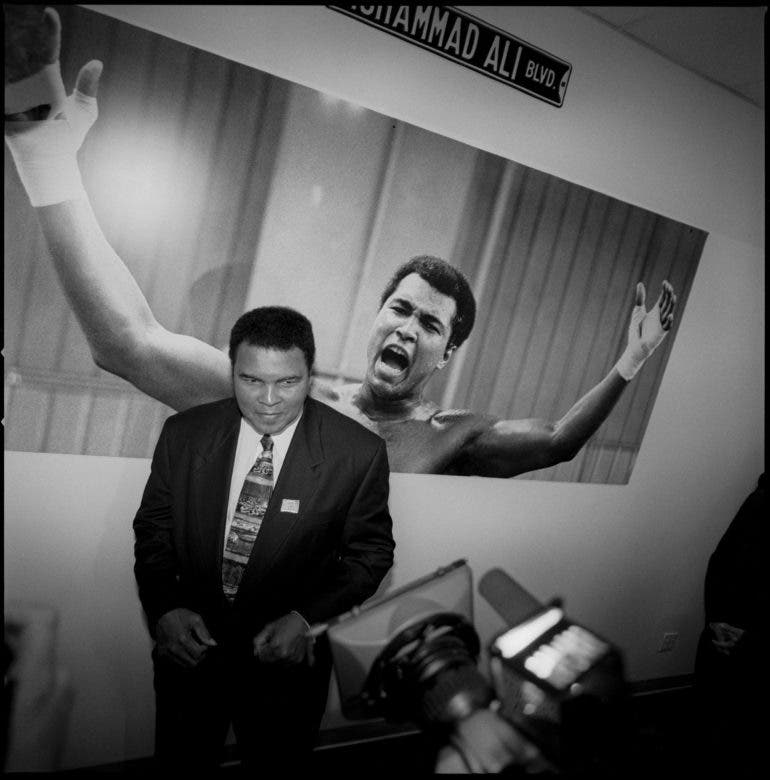

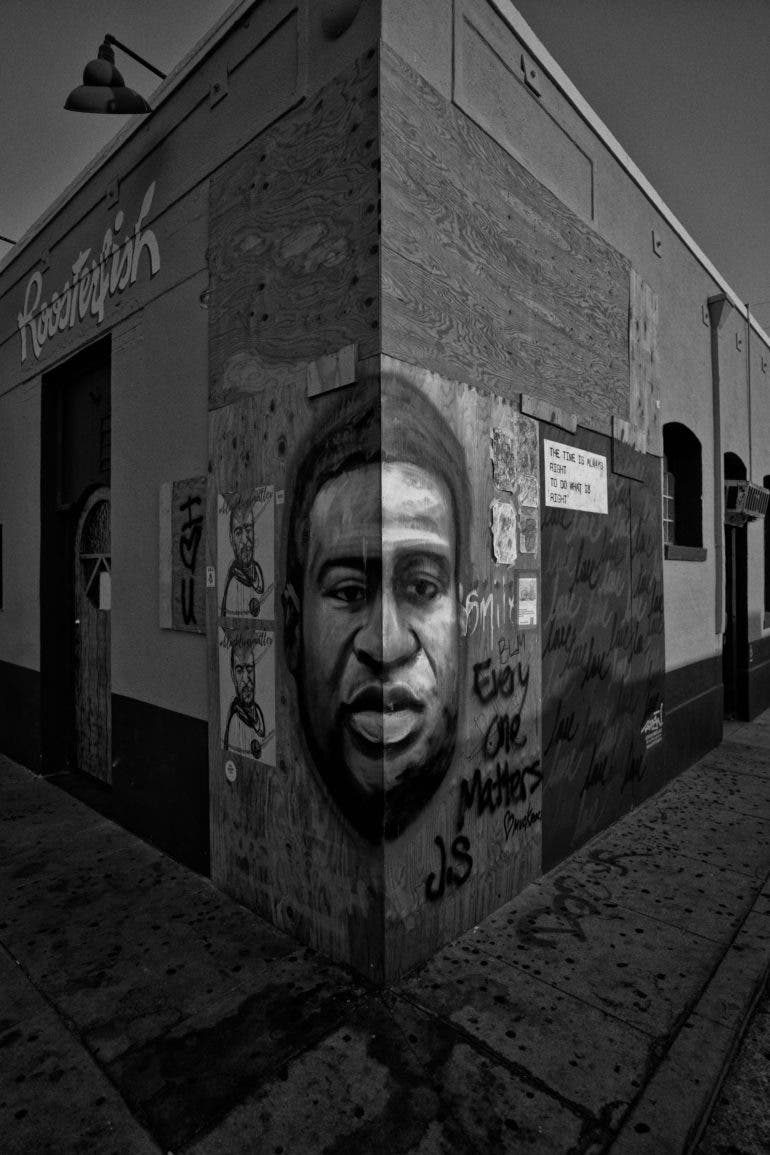
Be sure to follow Frank on his website and on Instagram. Want to get featured for Black History Month, Women’s History Month, or Asian American Month? Here are the details on how to do it. The earlier you send your submissions in, the better.